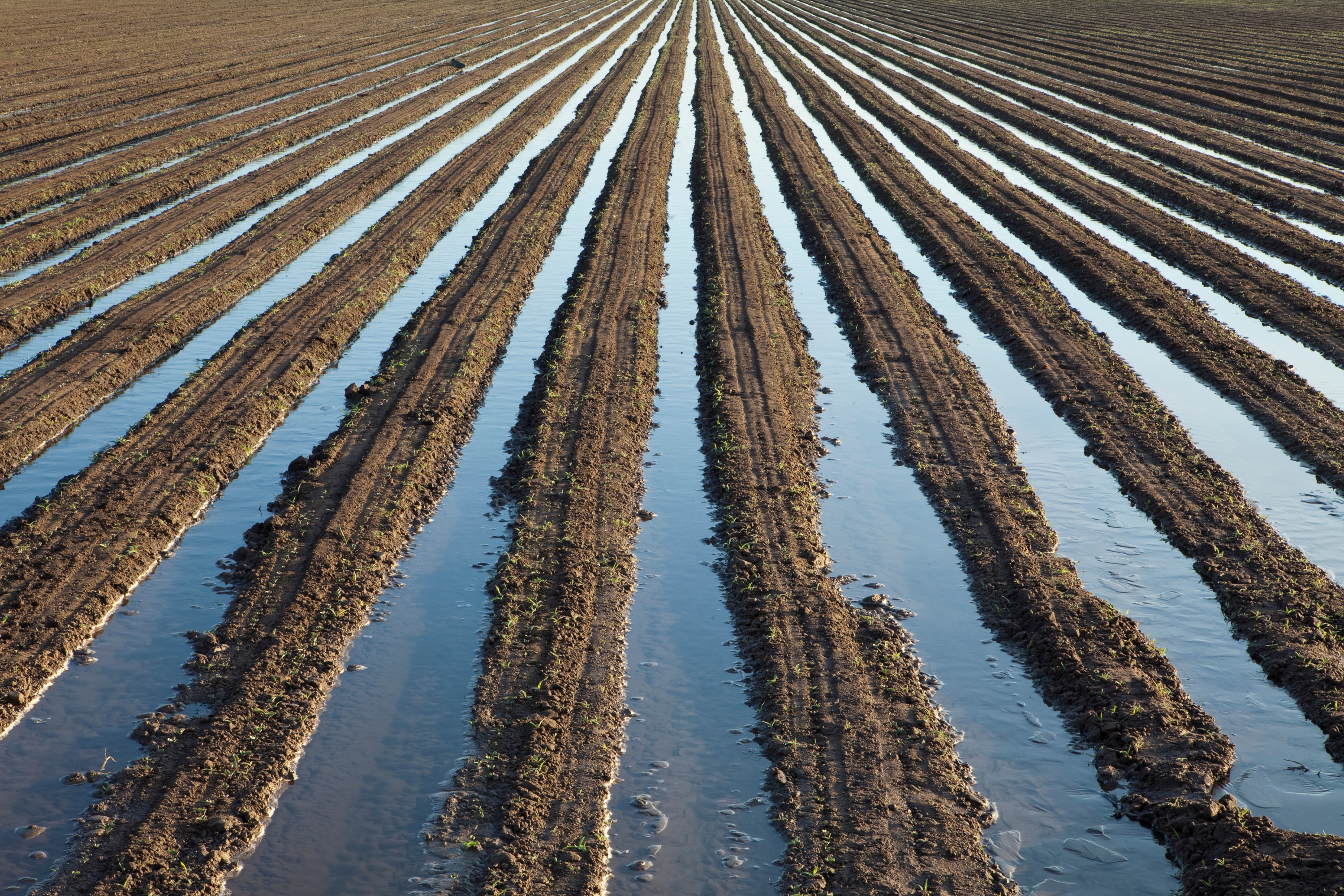
Flood Irrigation: Turning a Little Water into a Lot of Growth
If you’re getting started in farming or building your homestead, flood irrigation might be one of the simplest ways to get water to your crops. It's exactly what it sounds like: letting water flow across your field in a controlled way. While it’s not the most high-tech option, it’s been used for thousands of years—and it still works well today in the right setting.
How It Works
Flood irrigation involves releasing water onto a field and letting it soak in naturally. The field is usually divided into flat plots or furrows, and water is either pumped or channeled into these areas from a surface source like a canal, ditch, or holding pond. Gravity does most of the work, spreading water across the soil surface until it reaches your plants.
It may not look fancy, but when set up properly, flood irrigation can be a low-cost, effective way to hydrate your crops.
Pros
-
Simple to set up: No need for elaborate equipment or high-pressure systems.
-
Cost-effective: Especially if you already have access to surface water or storage ponds.
-
Great for certain crops: Flood irrigation works especially well for rice, hay, and pasture grasses.
Cons
-
Water waste: Evaporation and runoff can lead to inefficient water use.
-
Uneven distribution: Low spots may get too much water, while high spots stay dry.
-
Soil issues: Can cause erosion or waterlogging if fields aren’t leveled well.
Best For
-
Flat or slightly sloped fields
-
Water-tolerant crops like rice, alfalfa, or pasture
-
Areas with access to abundant surface water
Equipment Needed & Water Rights
Equipment Needed:
-
Shovels and rakes for field prep
-
Irrigation gates or siphon tubes
-
Leveling tools or tractors to create uniform fields
-
Optional: water pump (if you're not using gravity flow)
Water Rights:
Flood irrigation often uses water from ditches, canals, or ponds—sources that may be regulated by state or local laws. Before you flood:
-
Check with your local water management authority or extension office
-
Determine if you need a surface water permit or irrigation allocation
-
Understand your area’s “first in time, first in right” policies if you’re in the western U.S.
Getting legal access to water is just as important as building your irrigation setup!
Homesteader Tips
-
Laser leveling: If you can afford it or access it through a local co-op, this tech helps ensure your field drains evenly.
-
Start small: Flood a garden bed or test plot first to learn how your soil handles water.
-
Add mulch after flooding to help retain moisture and prevent weed growth.
-
Monitor closely: Don’t “set it and forget it”—flooding can easily go too far if you’re not watching.
Flood irrigation might be old-school, but it’s dependable and effective when managed properly. If you’ve got flat land, easy water access, and a little patience, it could be a great first step toward growing your own food.
Up next: Rainwater Harvesting: Collecting Nature’s Gift to Water Your Crops
Share


